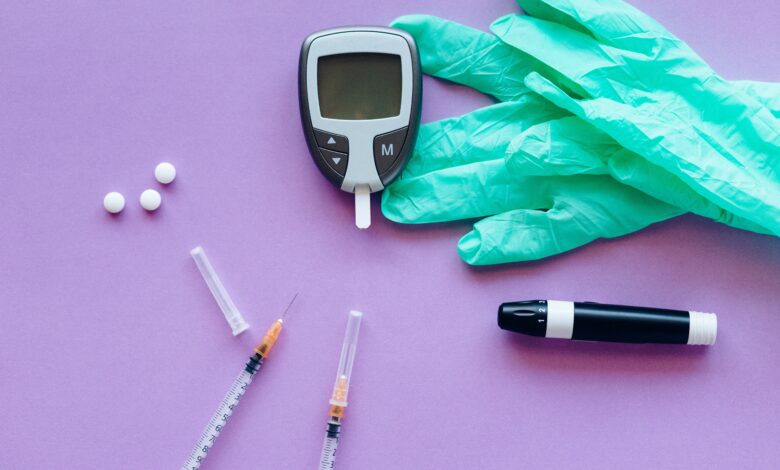
Do you know type 1 diabetes? Do you think you have it?
Then consult all the information gathered in our sheet.
Type 1 diabetes, what is it?
Type 1 diabetes accounts for 5-10% of all diabetes cases. This form of the disease most often appears during childhood or adolescence, hence its old name of “juvenile diabetes”.
At the very beginning, type 1 diabetes does not cause any symptoms because the pancreas remains partially functional. The disease only becomes apparent when 80-90% of the pancreatic insulin-producing cells are already destroyed.
Indeed, individuals with type 1 diabetes produce very little or no insulin at all due to an autoimmune reaction that partially or completely destroys beta cells in the pancreas. The latter have the role of synthesizing insulin, which is essential for the use of blood glucose by the body as a source of energy.
In this type of diabetes, it is absolutely necessary to take insulin regularly, hence the name that is often attributed to it “insulin-dependent diabetes (IDD)”. Moreover, this disease was fatal before it was possible to control it with insulin.
Type 1 diabetes: the causes of the disease
It is not known what precisely causes the immune system to react to beta cells. Some individuals are predisposed to the disease, by their heredity. A family history of type 1 diabetes is found in just under 10% of cases.
It is likely that the disease results from a combination of genetic and environmental factors. Exposure to certain viruses or foods early in life could, for example, play a role in the onset of the disease.
Type 1 diabetes: possible complications
For information on acute complications (hypoglycaemia and hyperglycaemia caused by treatment adjustment; ketoacidosis in untreated diabetics), consult our Diabetes (overview) fact sheet.
In the long term, type 1 diabetes increases the risk of several health problems: cardiovascular disease, kidney problems, loss of sensitivity in the fingers and feet, vision problems that can go as far as blindness, etc.
The best way to prevent these complications is to regularly monitor blood sugar, blood pressure and cholesterol. For more information, see our Complications of Diabetes fact sheet.
Watch out for celiac disease
Celiac disease is particularly common in people with type 1 diabetes: 20 times more than in the general population, according to one study .
Celiac disease is another autoimmune disease whose symptoms (mainly digestive) are triggered by the consumption of gluten, a protein contained in several cereals.
Therefore, screening for celiac disease is recommended in type 1 diabetics, even in the absence of obvious symptoms.








